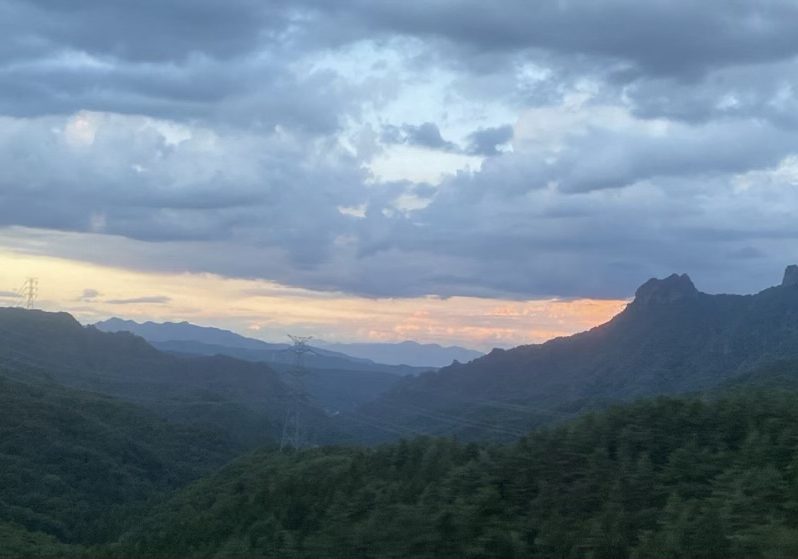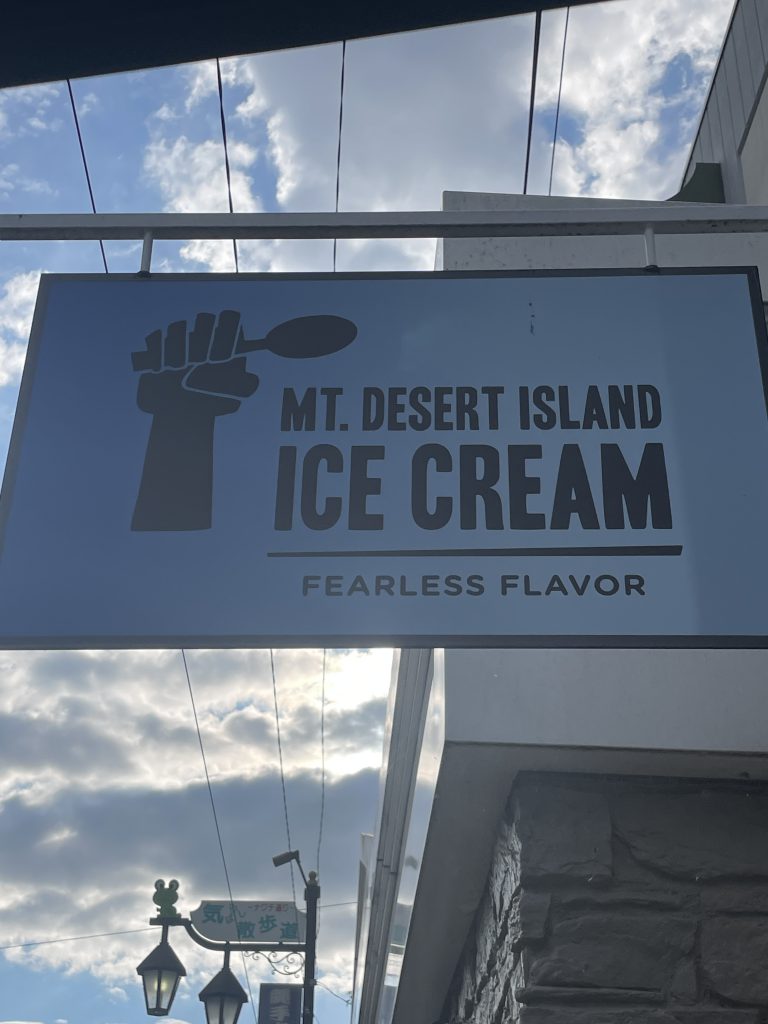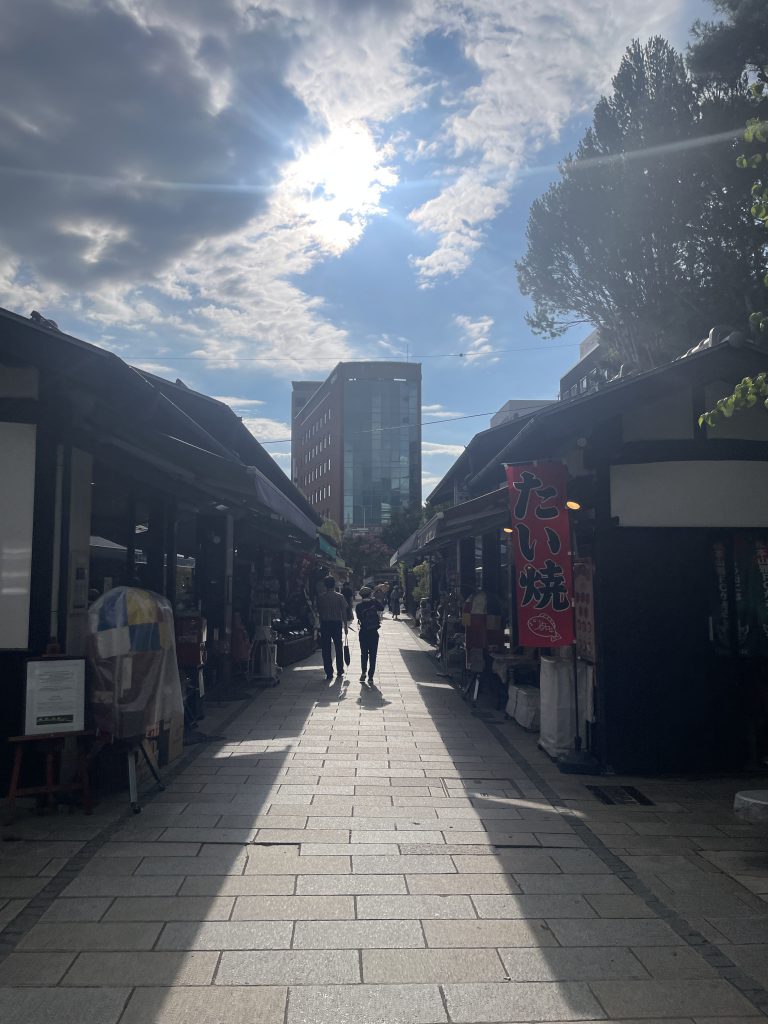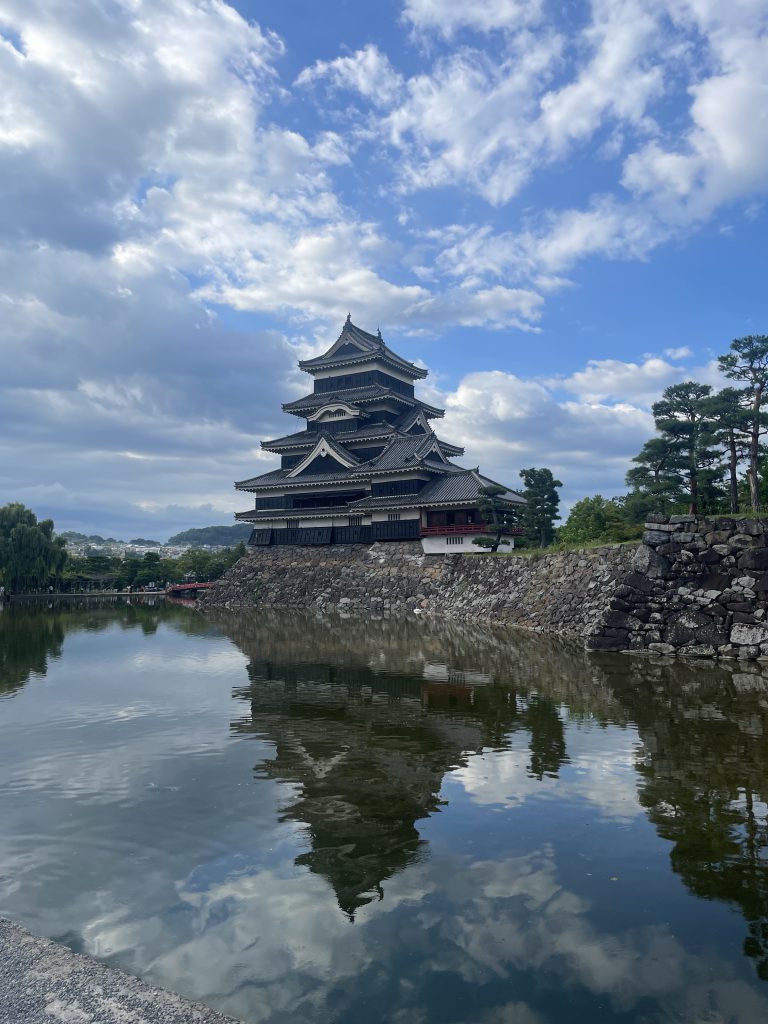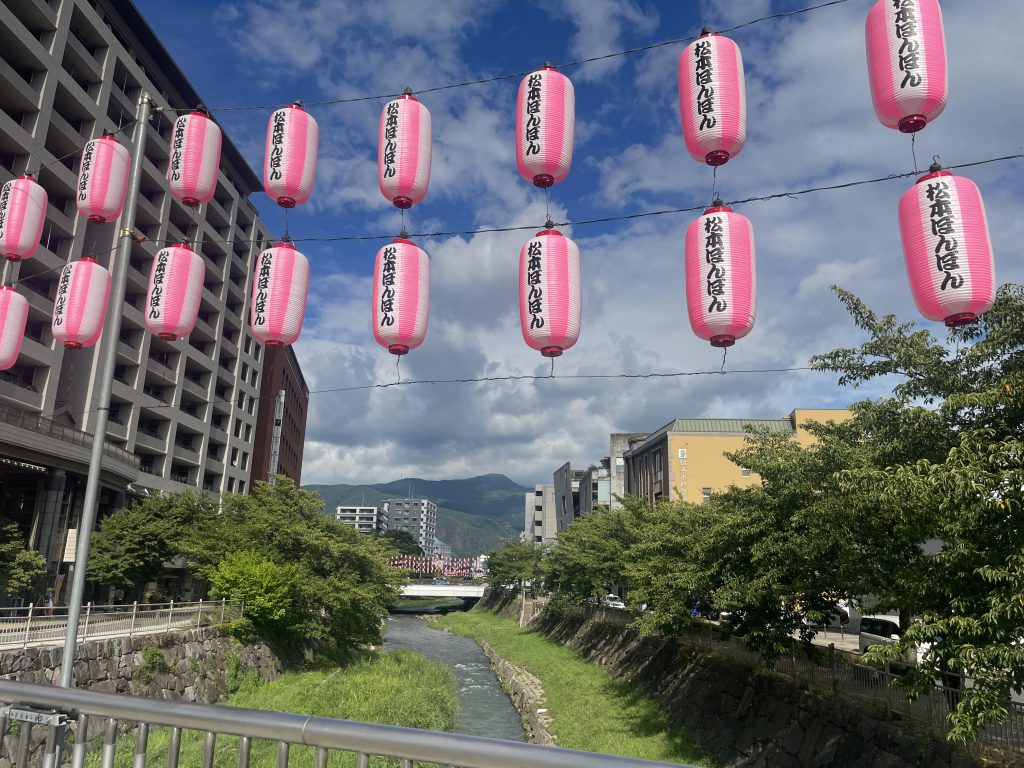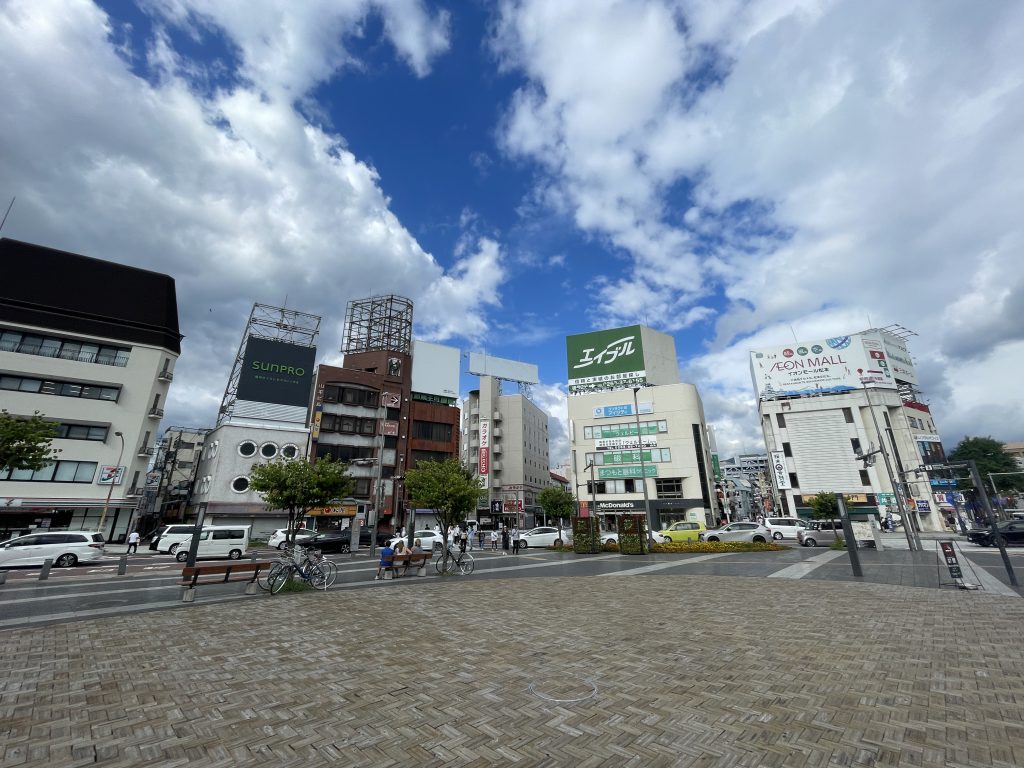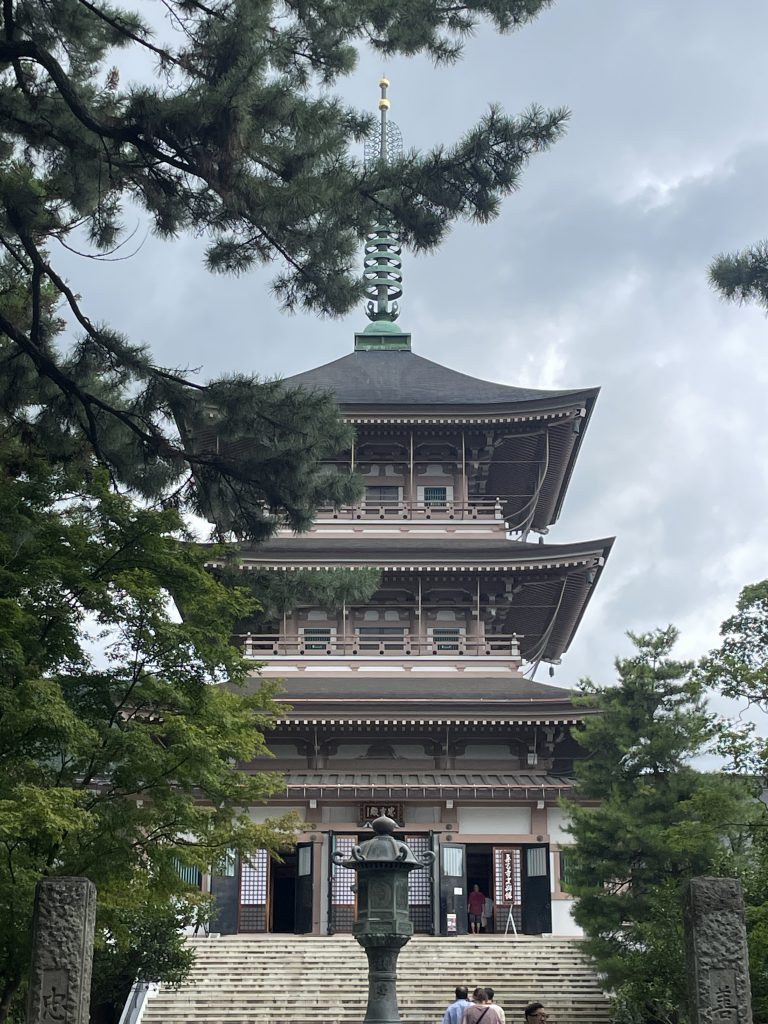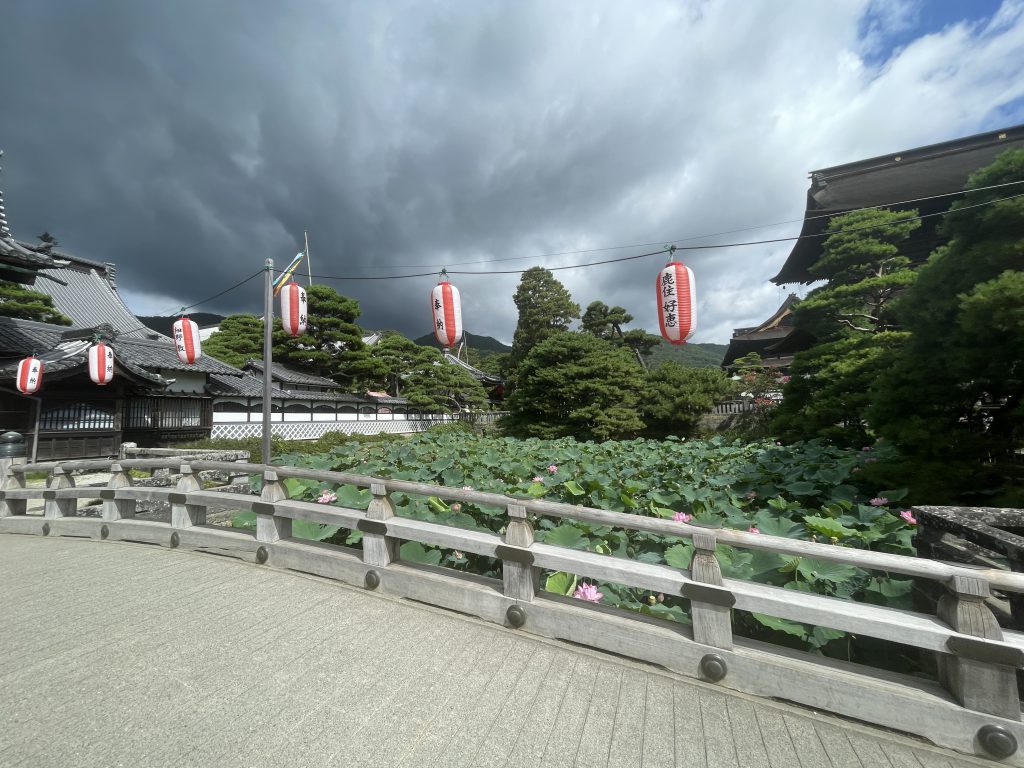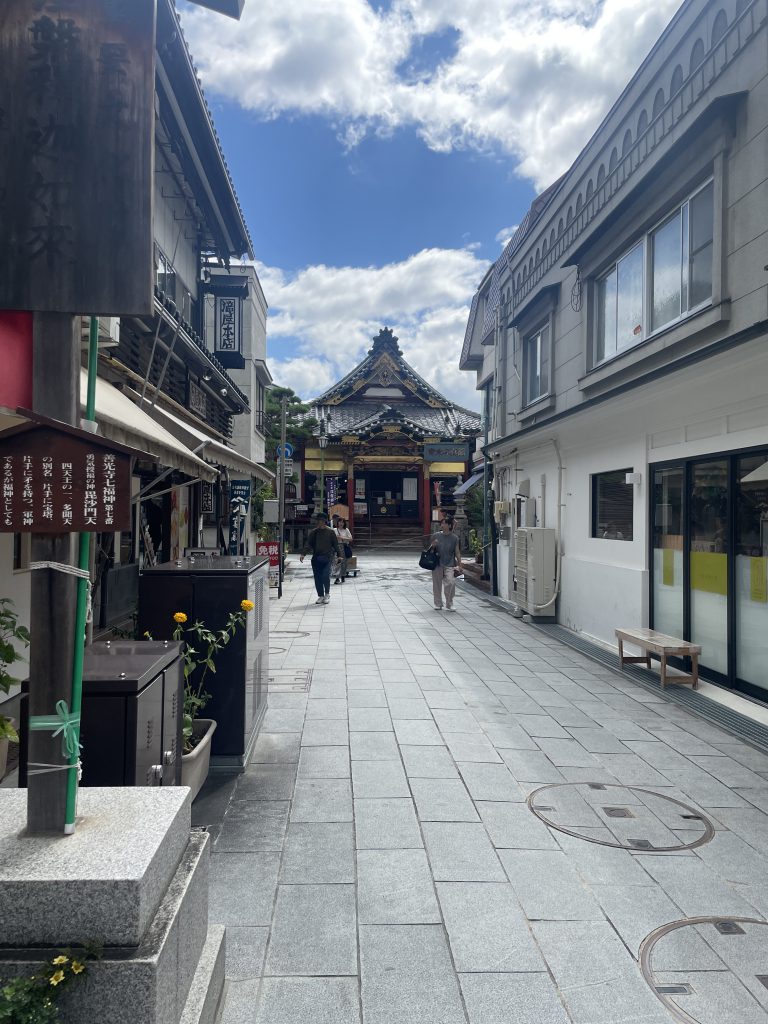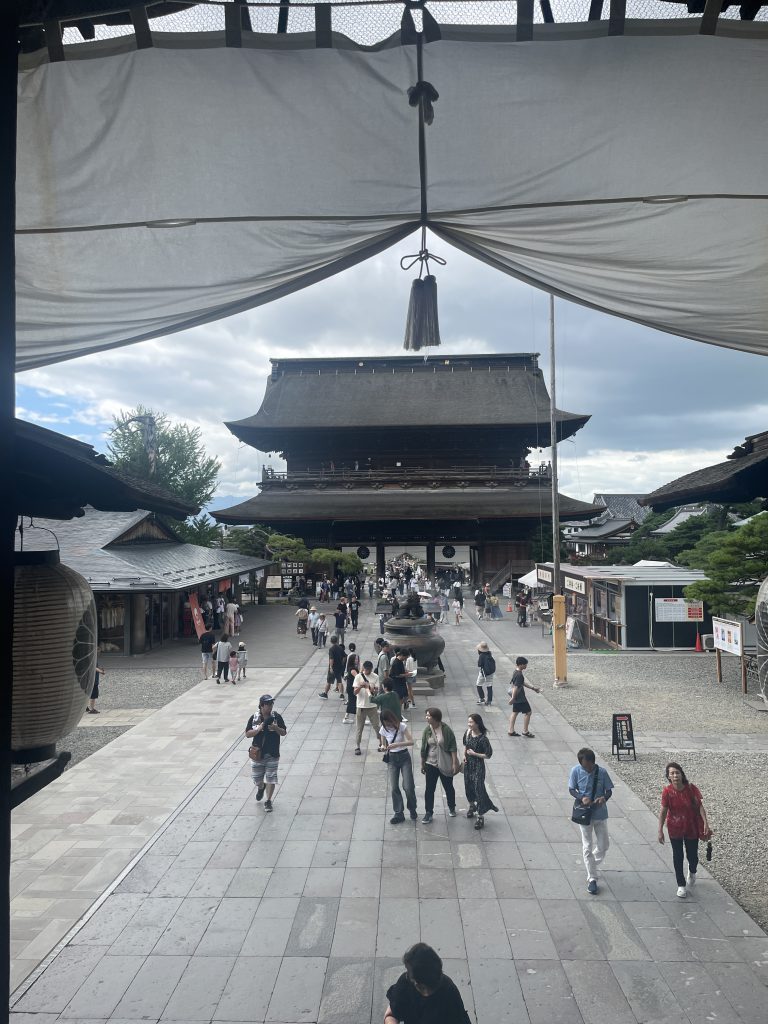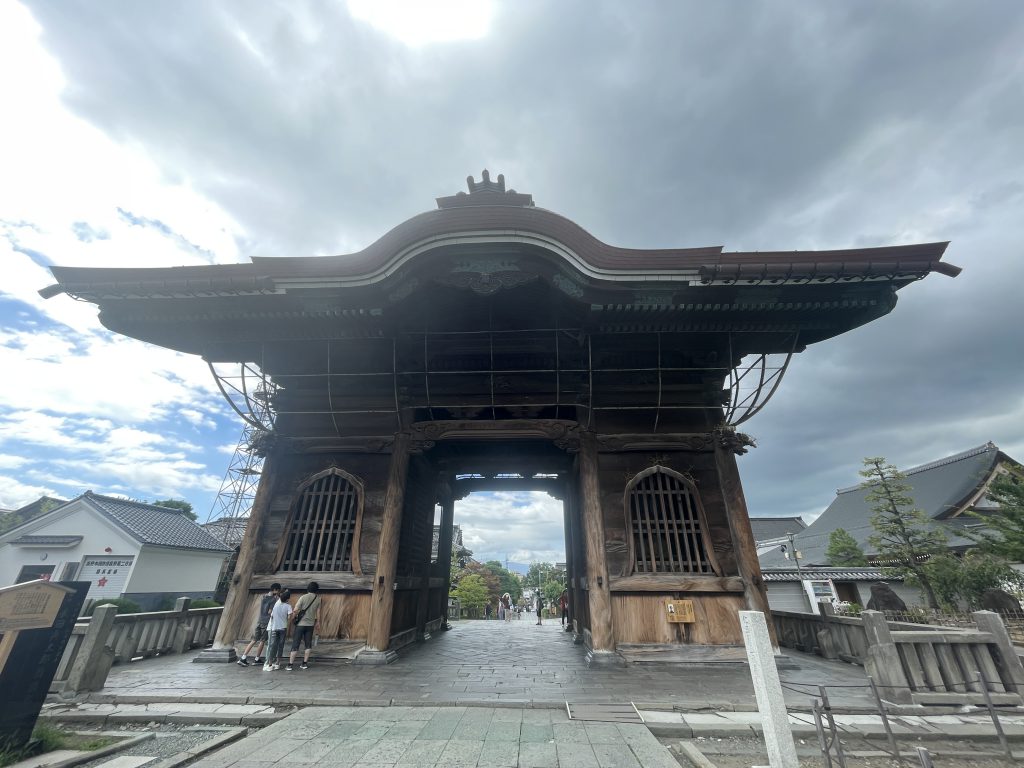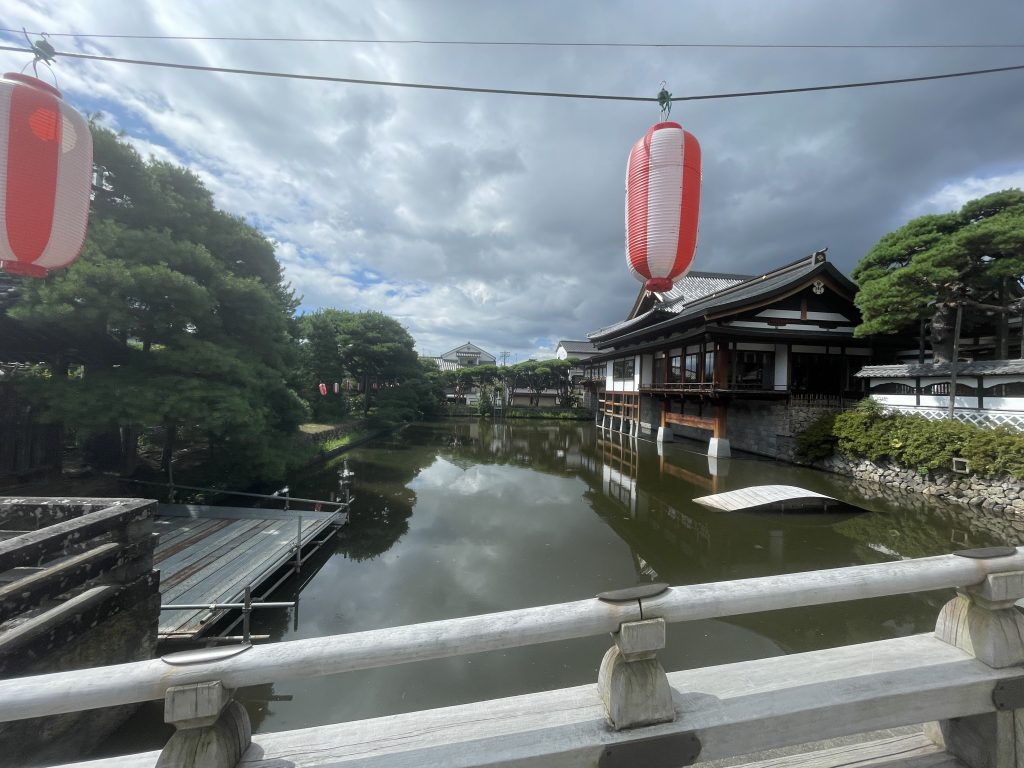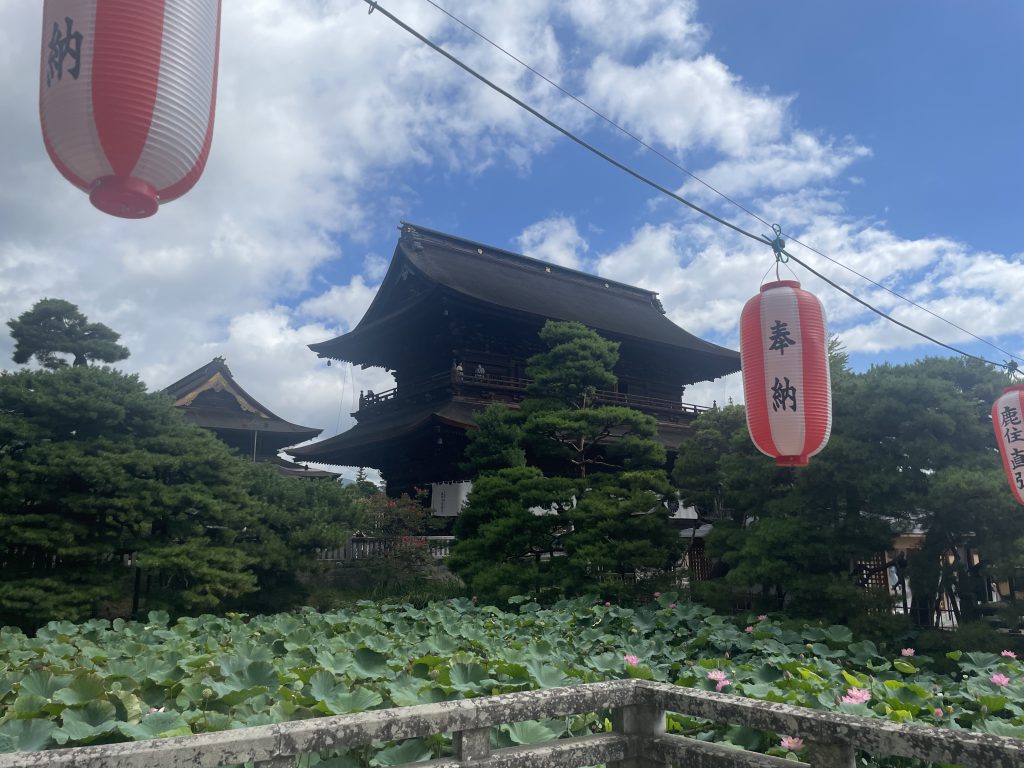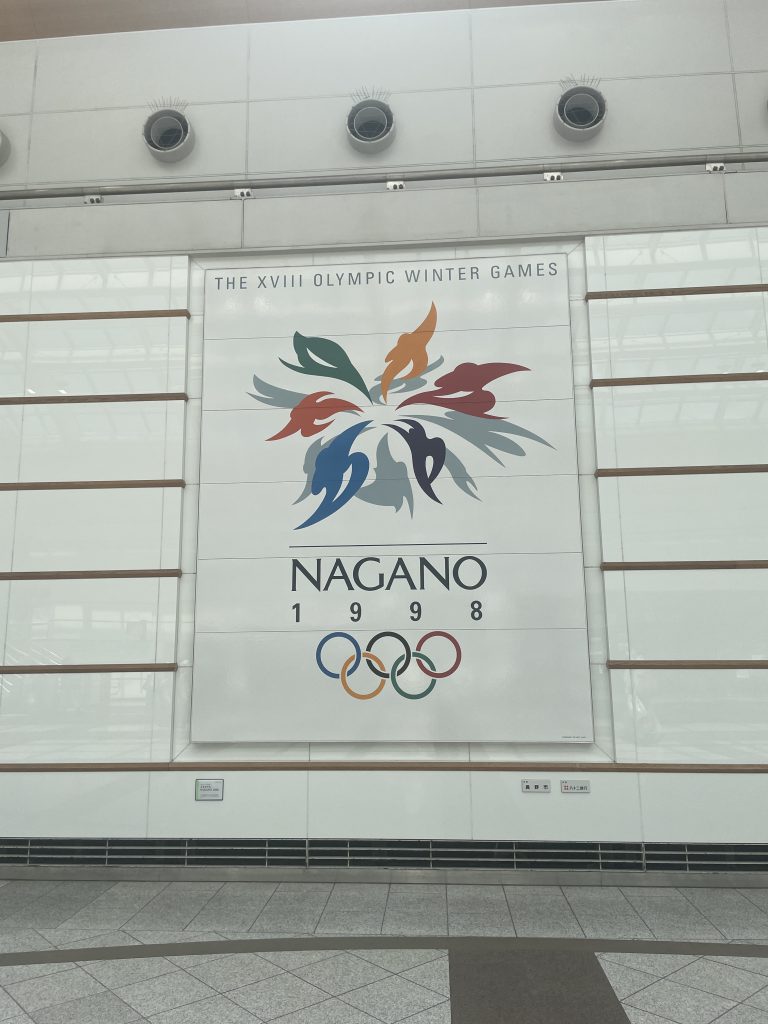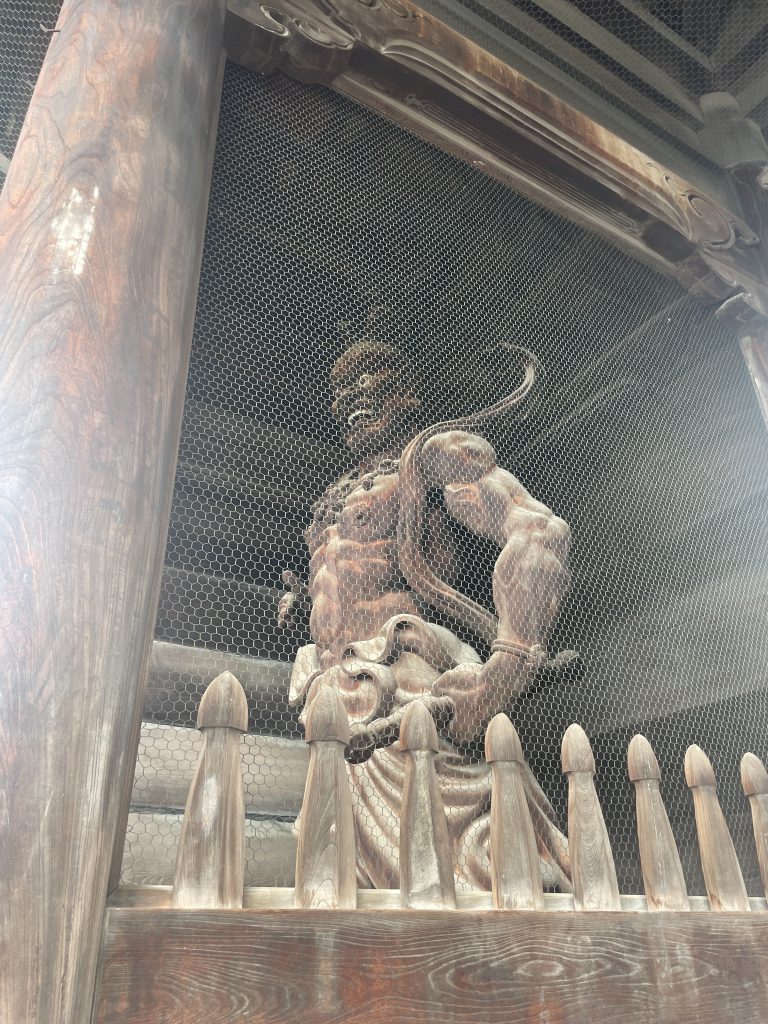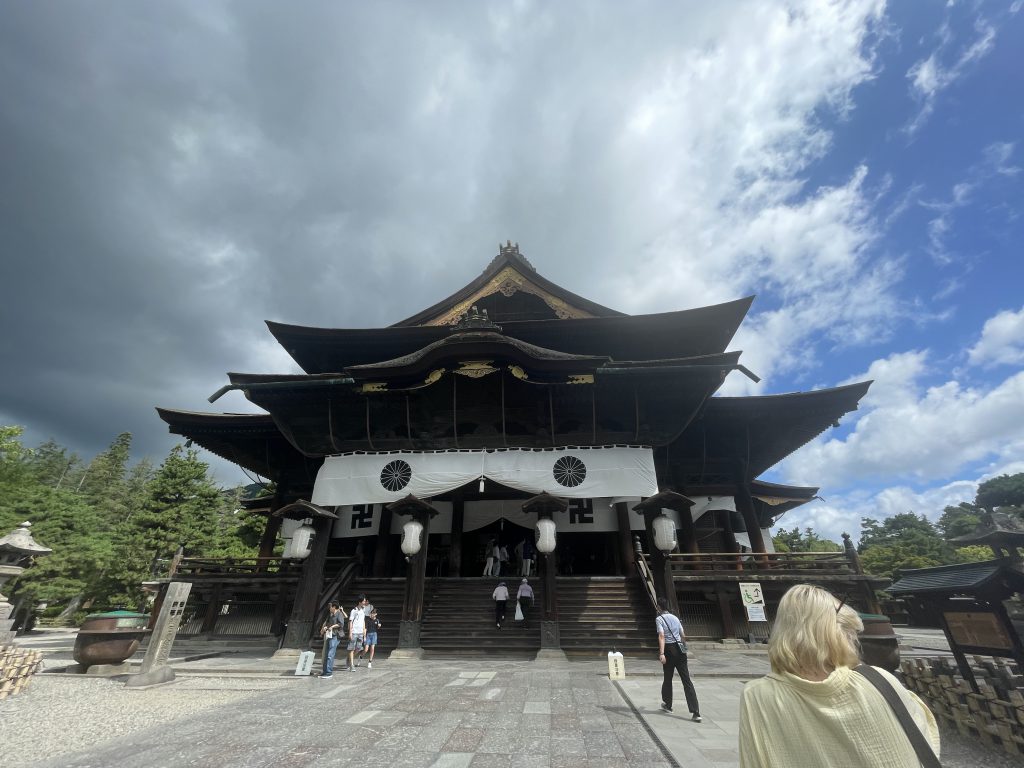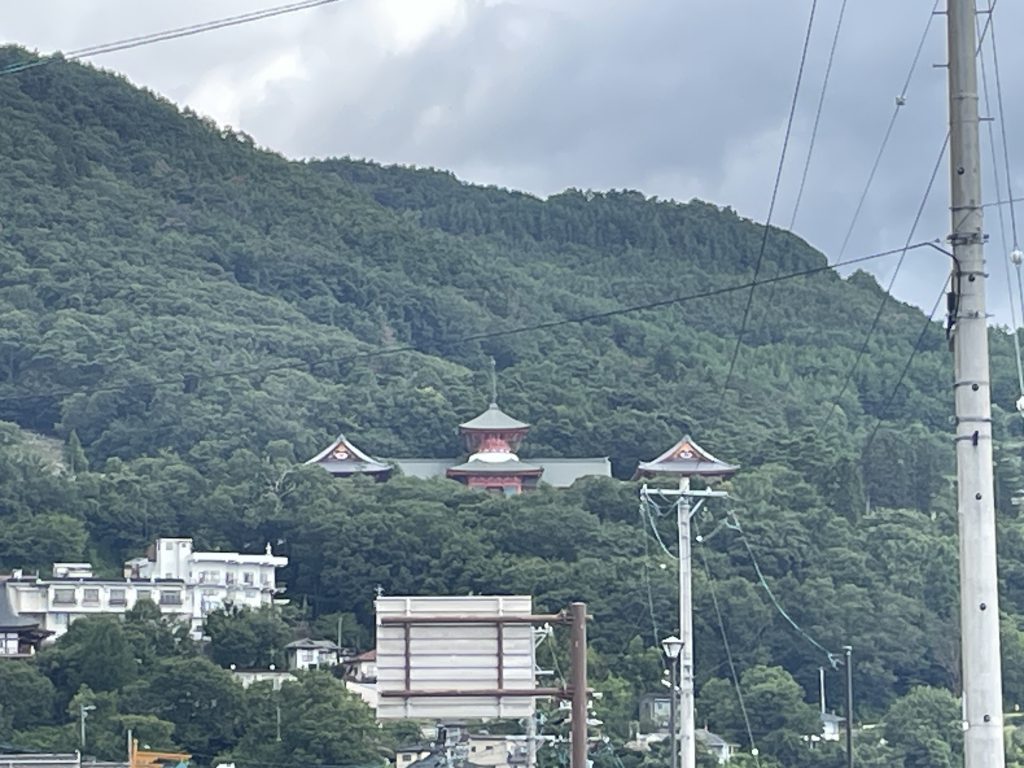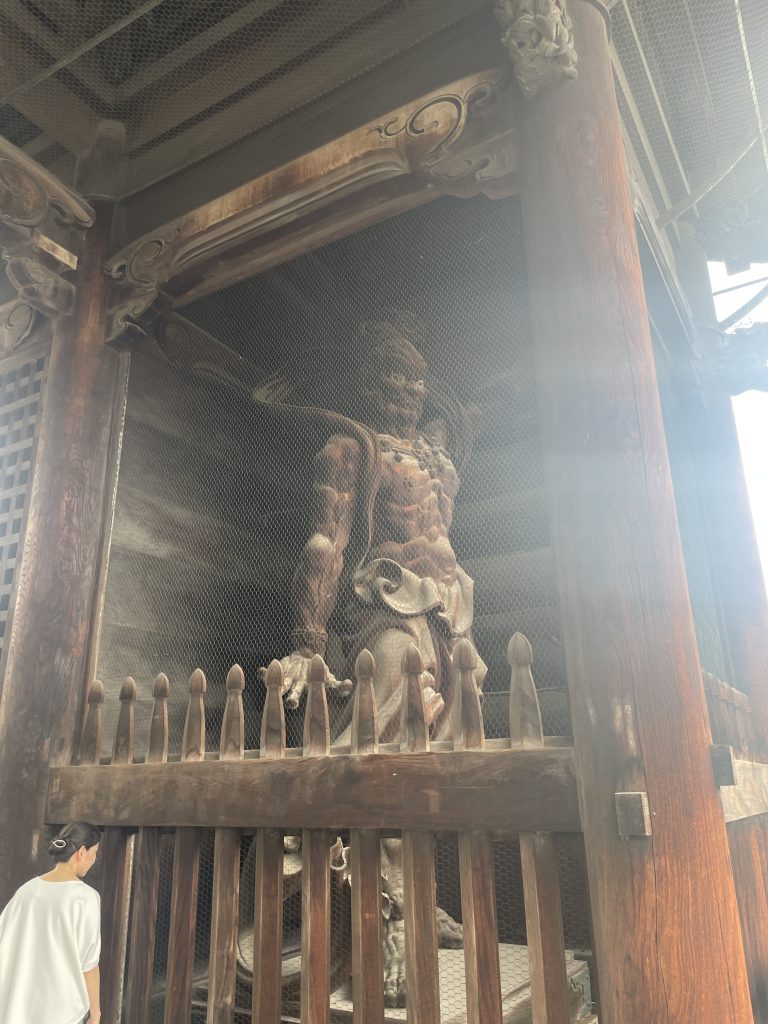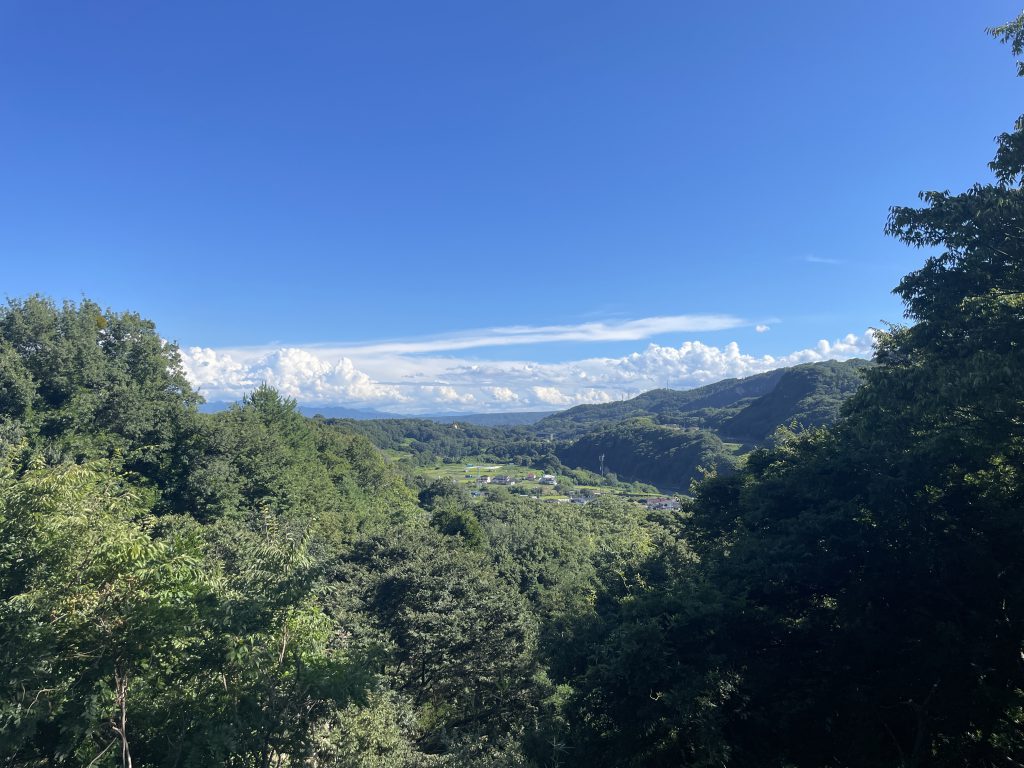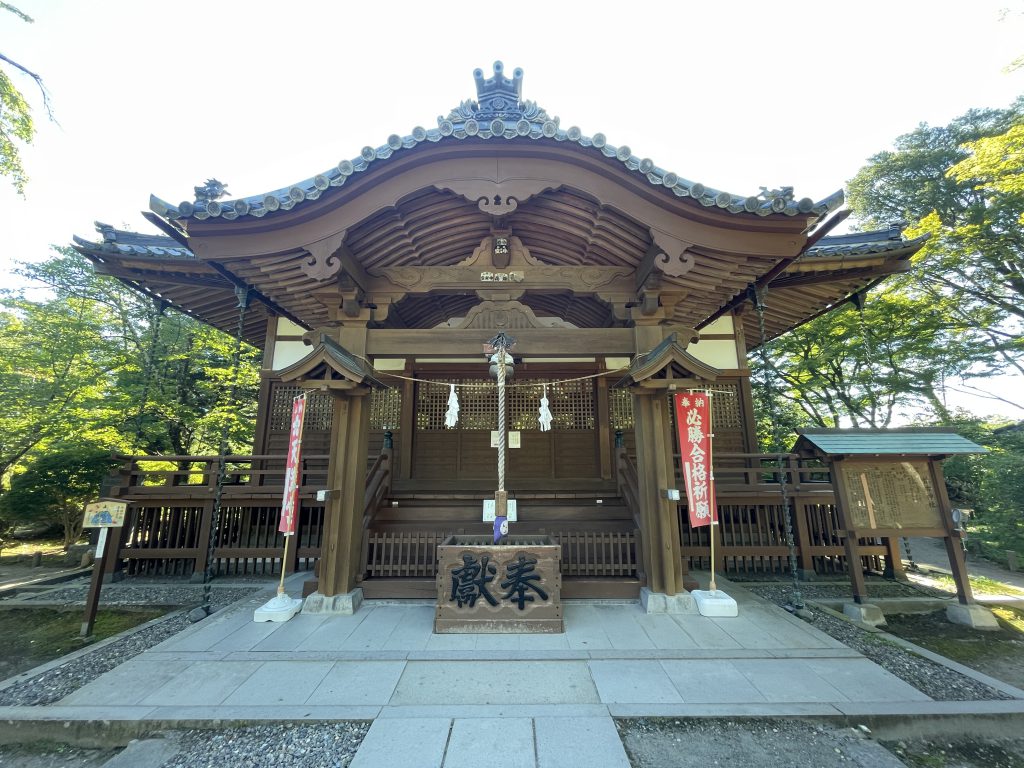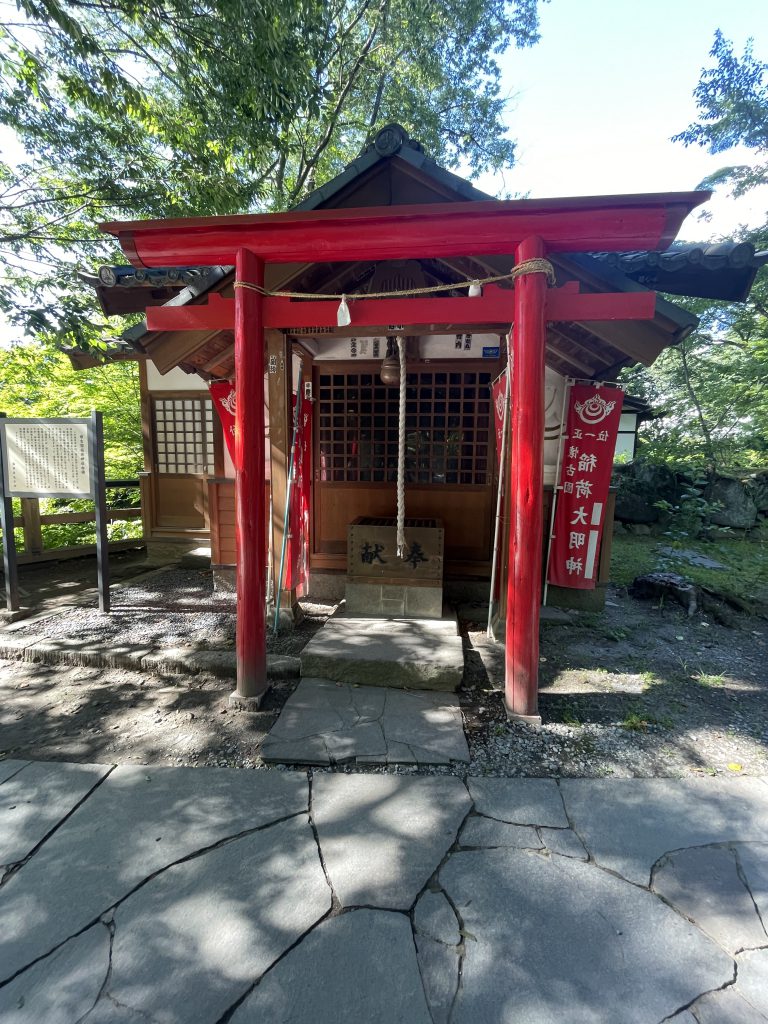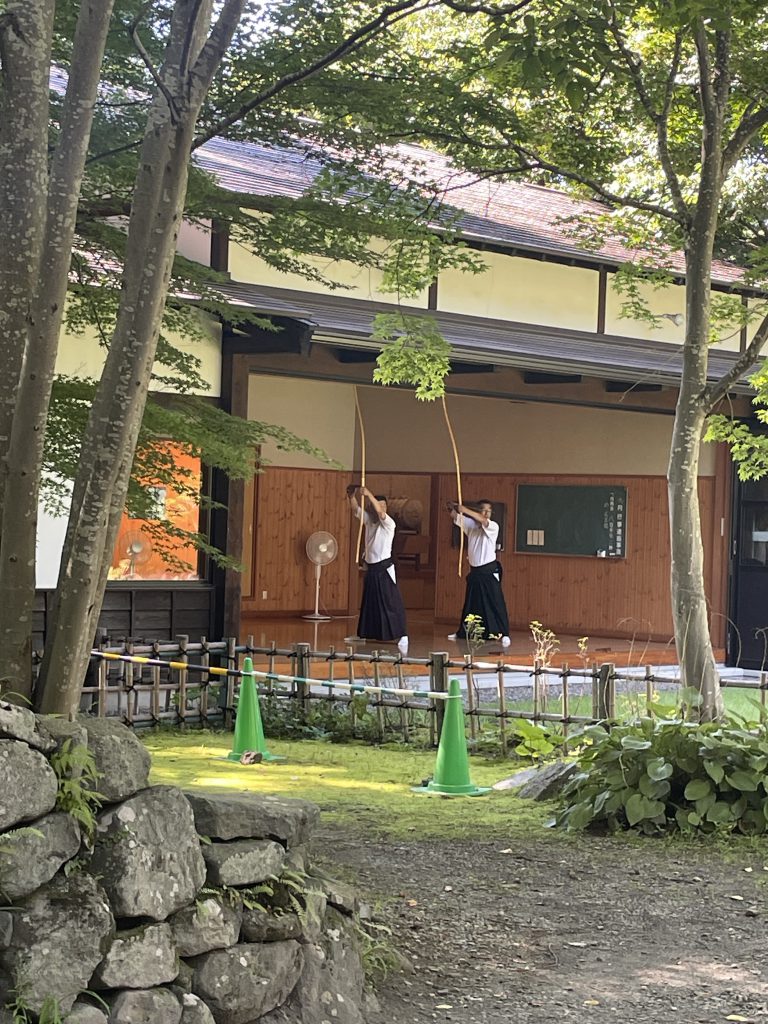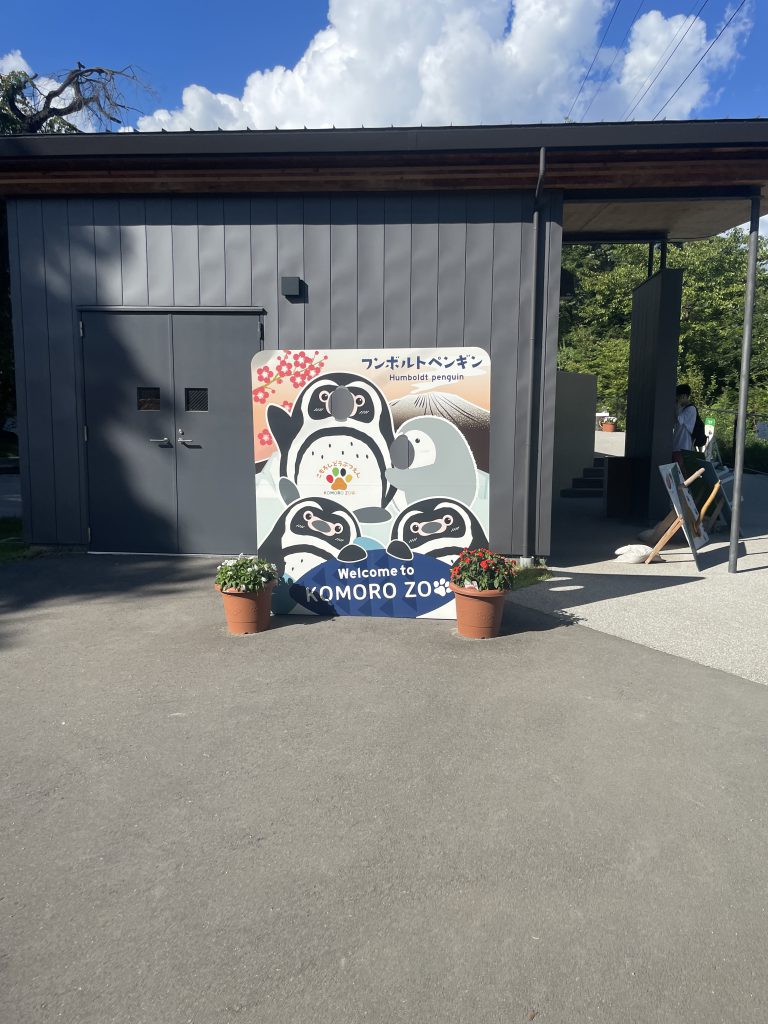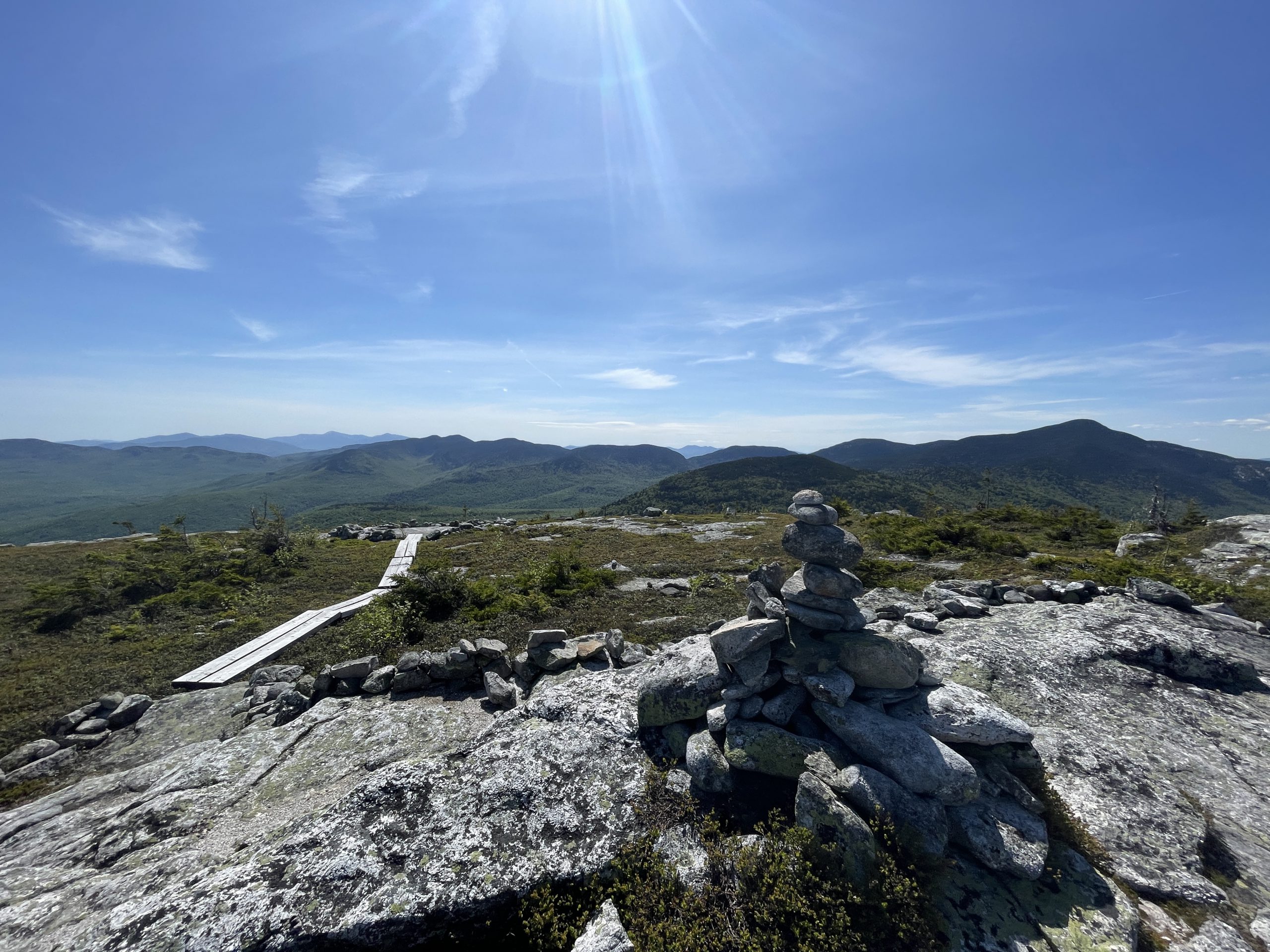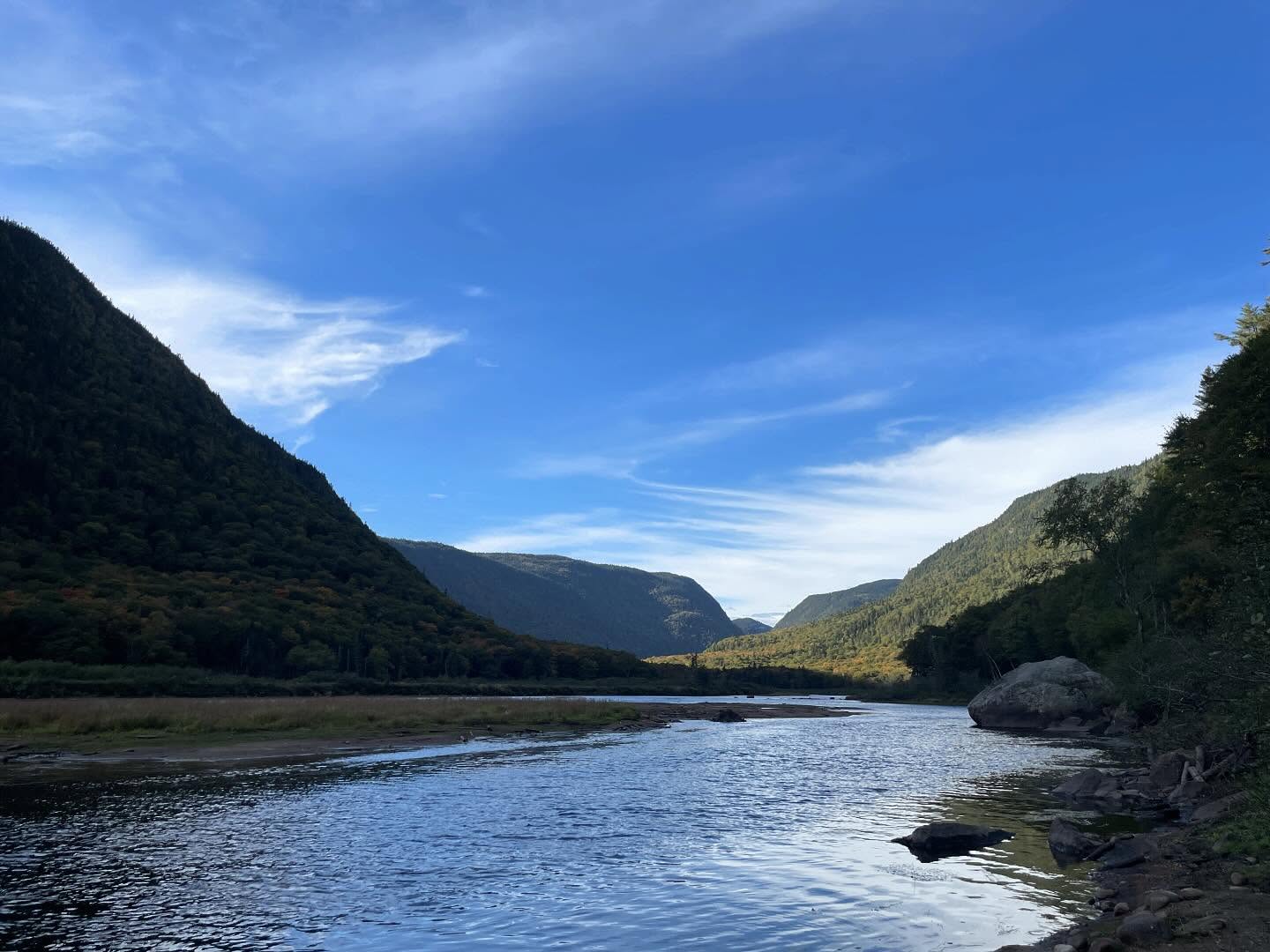A flower of snow
On your shoulder seems to say:
Welcome to Nagano!Keiko Yoshida – Nagano City
My middle daughter, Avi, is a student at Temple University’s Tokyo campus. She’s entering her junior year, but this was the first I’ve had the opportunity to come visit her in Setagaya. Going inland proved to be a wise move after my arrival in Japan. We lucked out and had a perfect evening on Enoshima, but a named typhoon was descending upon Tokyo, and we wanted to maximize our walking tours.
Getting to Karuizawa Station
We booked bus tickets from the Shinjuku Expressway Bus Terminal to Karuizawa. The bus ride offered an interesting experience of Tokyo neighborhoods on its way out of town, and the ride into the mountains, with views of Mt. Miyogi and other named peaks was fantastic.
There are three ways to get to Karuizawa from Tokyo: train, bus, or car. Bus is the cheapest, between $3-20 USD. Train is the shortest, especially if you take Japanese Railways Shinkansen (the famed “bullet train”).
Karuizawa is itself a lovely resort town in the mountains. From Karuizawa Station alone, you can see nearby ski facilities. It’s also home to fantastic outlet mall shopping, and plenty of restaurants. The Shiraito Waterfall and Mount Asama are both worth the visit.
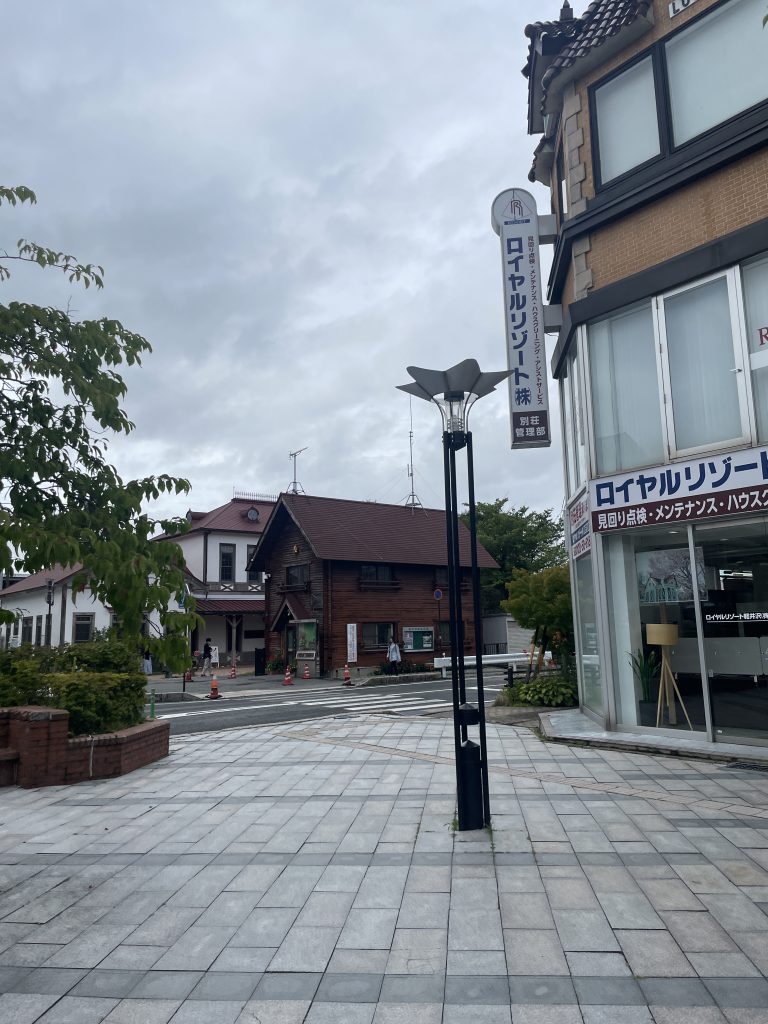
A view of Kuruizawa including the original train station in background.
Getting around Nagano Prefecture
The primary train around the prefecture is the Shinonoi Line, operated by East Japan Railway Company (or JR East). We could have taken the bullet train from Karuizawa to Nagano, and then the Shinonoi Line, but we instead took the local line from Karuizawa Station to the station in Shinonoi, and transferred to the train that took us to Matsumoto. This trip took around two hours, but it was worth it.
Later, we took the same line all the way from Matsumoto to Nagano. In all cases, the local trains will cost you no more than $5-35 USD.
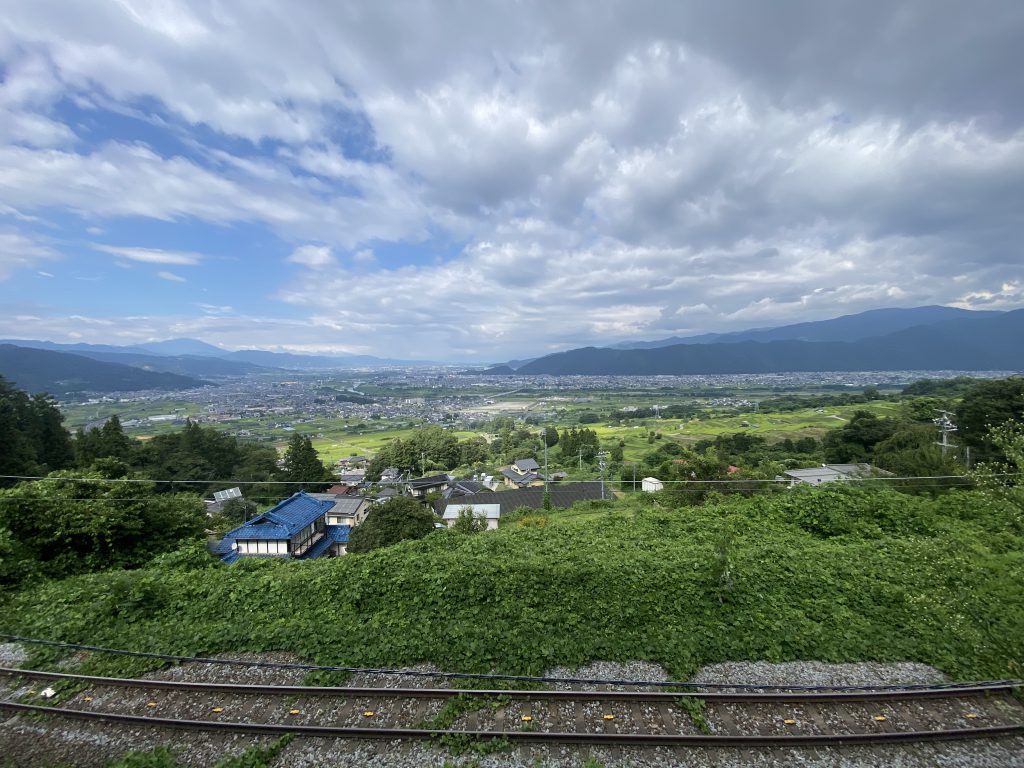
A spectacular view from the Sinonoi Line in Nagano Prefecture.
Matsumoto
Matsumoto is home of Matsumoto Castle, built by Ishikawa Norimasa and his son, Yasunaga in 1593-1594. They were daimyo of Matsumoto under the Tokugawa shogunate. It is a wonderful tourist destination, with its shopping and cultural experiences. The castle is inexpensive to tour ($5 USD), but be prepared for hour-long wait times.
Being good Mainers, to our surprise, we found Mt. Desert Island Ice Cream. The flavors were a little bit different than what we’ve had before in Bar Harbor, but the staff were pleasantly surprised to have visitors from Maine. I ordered a strawberry sorbet, and Avi ordered a peach combination which wasn’t to her liking.
Mt. Desert Island Ice Cream is not under kosher supervision. Cholov Yisroel is impossible to find in Japan, but Japan’s milk is wholly produced by dairy cows. I doubt Rabbe Feinstein’s leniency applies to Japanese dairy.
Nagano
Our overnight destination in Nagano Prefecture was the city of Nagano itself. After a day in Matsumoto and enjoying the lovely train ride from Matsumoto to Nagano, we arrived in time to check into our hostel, Moritomizu Backpackers and Sharehouse, a quaint little place close to Nagano Station. It was very low cost (around $50 USD a night for two of us), and within walking distance of many things. The room was nothing special, futons, pillows, sheets, etc. Common showers and bathrooms on the second floor. A common dining room on the ground floor with a guitar, a mix of English and Japanese games and books, and tea/coffee service. Sorting your trash is required.
There are many attractions in Nagano. We focused our morning on the walk to Zenkoji Temple. There is a national park with snow monkeys that is a popular draw. Skiing in the winter is fantastic.
Komoro
Our final destination in Nagano Prefecture before returning to Karuizawa Station and ultimately Tokyo was Komoro. Komoro has a small little amusement park, the saddest little zoo imaginable, and the grounds of castle ruins. It is a beautiful area with the convergence of two mountain ranges and plenty of scenic views.
We were really fortunate to see two men training in Japanese archery, kyudo. The cost to tour the ruins and zoo was $5 USD.
Kosher
Kosher in Japan is difficult. Given that if you’re a Jewish traveler in the country, you probably came through an airport in Tokyo, you’ll need to stock up on your trip in the city before you head elsewhere, as it’s hard to find hecshered products outside of Tokyo, Kobe, or Okinawa.
National Abazu, a chain of three grocery stores in Tokyo, carries many imported hechshered goods. Chabad of Japan in Tokyo also has a mini market.
In Kobe, the community of Kansai can help with kosher food.
Brian Kresge is a rabbinical student with the Pluralistic Rabbinical Seminary and president of Congregation Beth Israel in Bangor, Maine.
Last modified: October 22, 2025

